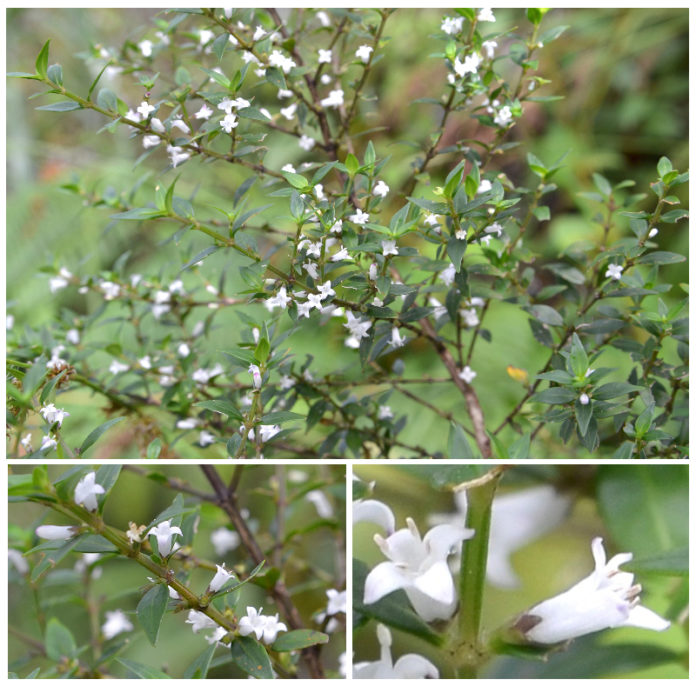A RARE flowering plant has been named after Pope Francis.
UST’s Grecebio Jonathan Alejandro, director of Graduate Studies, along with his team, discovered three new species of the endemic Hedyotis, a genus of flowering plants, in the province of Antique.
Alejandro named one of the three new species Hedyotis papafranciscoi, in his paper titled “A new endemic species of Philippine Hedyotis L. (Rubiaceae) named after Pope Francis,” to be published in the maiden issue of the UST Graduate School’s The Antoninus Journal.
According to the UST researchers, the plant usually flowers in April and grows in open places of secondary forest. It has flowers appearing in almost every leaf axil, rising directly from the plant’s stems.
H. papafranciscoi’s flowers are characterized as white with purple calyx lobes.
“[Having flowers in almost every leaf axil] is uncommon in Hedyotis plants,” Alejandro told the Varsitarian, explaining that while the typical Hedyotis usually has terminal buds or flowers at the tip of the stem, H. papafranciscoi does not.
These characteristics, along with the whiteness of the plant’s flowers, made it fit to be named after the Pope, he said.
“This uniqueness is like a reflection [of] Pope Francis. It’s like his presence is also [within the plant],” he added.
However, H. papafranciscoi can only be found in the area surrounding Mt. Madja-as, Antique.
Due to its exclusivity to the Antique area and the fact that only a small number of plants are left, the new species is classified as critically endangered. Before the plant’s discovery, the Philippines was said to be home to 35 Hedyotis species.
Alejandro discovered H. papafranciscoi along with two new Hedyotis plants, with his students naming the other two Hedyotis culasinensis and Hedyotis davaoensis. Rhenn Anthony S. Taguiam











